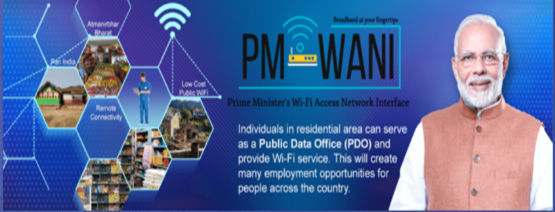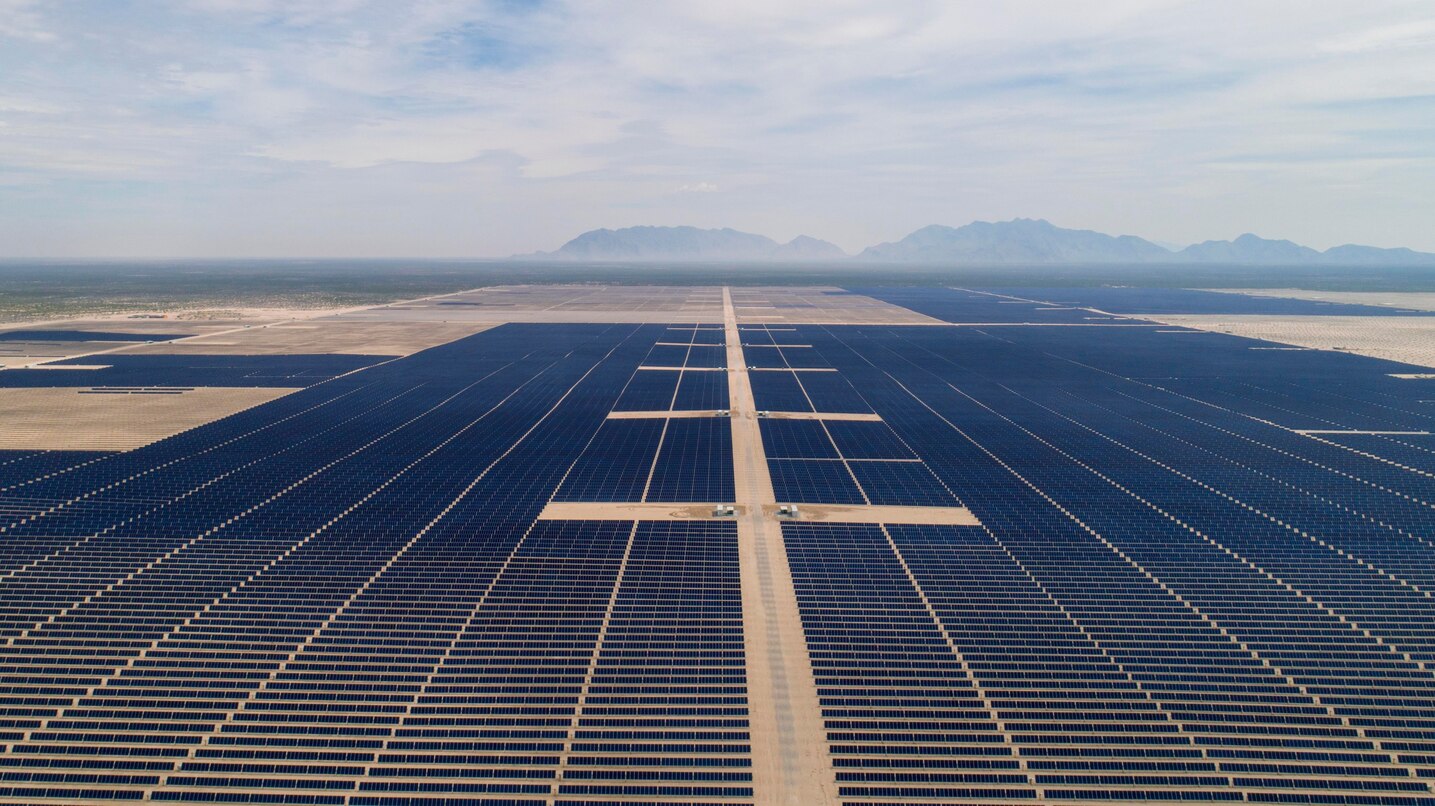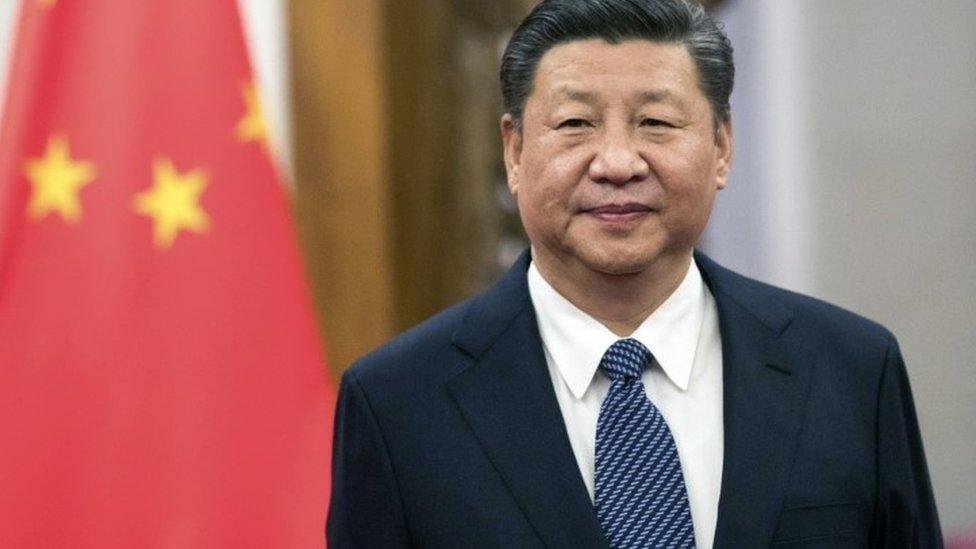- Courses
- GS Full Course 1 Year
- GS Full Course 2 Year
- GS Full Course 3 Year
- GS Full Course Till Selection
- Answer Alpha: Mains 2025 Mentorship
- MEP (Mains Enrichment Programme) Data, Facts
- Essay Target – 150+ Marks
- Online Program
- GS Recorded Course
- Polity
- Geography
- Economy
- Ancient, Medieval and Art & Culture AMAC
- Modern India, Post Independence & World History
- Environment
- Governance
- Science & Technology
- International Relations and Internal Security
- Disaster Management
- Ethics
- NCERT Current Affairs
- Indian Society and Social Issue
- NCERT- Science and Technology
- NCERT - Geography
- NCERT - Ancient History
- NCERT- World History
- NCERT Modern History
- CSAT
- 5 LAYERED ARJUNA Mentorship
- Public Administration Optional
- ABOUT US
- OUR TOPPERS
- TEST SERIES
- FREE STUDY MATERIAL
- VIDEOS
- CONTACT US
Exploring India's Digital World Through PM-WANI
Exploring India's Digital World Through PM-WANI

Latest Context:
The PM-WANI scheme is creating quite a buzz in India for its potential to transform public Wi-Fi access across the nation. This initiative has the power to reshape India's digital landscape, particularly in remote areas, by making broadband internet more accessible without requiring significant investments.
Understanding PM-WANI
- Overview: PM-WANI, introduced by the Department of Telecom (DoT) in December 2020, aims to boost the availability of public Wi-Fi hotspots, thus establishing a strong digital communication network, especially in rural regions.
- How It Works: This framework allows any entity, such as shop owners, tea stalls, or Kirana stores, to set up public Wi-Fi hotspots and offer internet services to customers. It aligns with the goals set out in the National Digital Communications Policy, 2018, to build a robust digital communications infrastructure.
- Importance: To promote business ease and encourage local shops and small businesses to become Wi-Fi providers, PM-WANI exempts last-mile public Wi-Fi providers from licensing, registration, and fees payable to the DoT.

Components of PM-WANI:
- Public Data Office (PDO): These entities create and manage Wi-Fi hotspots, providing internet connectivity to users by procuring bandwidth from telecom or internet service providers.
- Public Data Office Aggregator (PDOA): PDOAs provide services like authorization and record-keeping to PDOs, assisting them in delivering services to end-users.
- App Provider: These entities develop applications that register users, discover nearby PM-WANI compliant Wi-Fi hotspots, authenticate users, and provide internet access.
- Central Registry: The central registry, maintained by the Centre for Development of Telematics (C-DoT), contains information about App Providers, PDOAs, and PDOs.
Current Status
As of November 2022, the PM-WANI central registry reported the existence of 188 PDO aggregators, 109 app providers, and 11,50,394 public Wi-Fi hotspots.
Benefits of PM-WANI:
- Rural Internet Access: It can extend internet access to rural and remote areas.
- Affordability: PM-WANI offers a cost-effective and convenient alternative to internet access compared to technologies like 5G, which require substantial investments and subscription fees.
- Competition and Innovation: It can stimulate competition and innovation in the internet market.
Challenges of PM-WANI
- Ensuring Quality: Maintaining Wi-Fi quality and user experience presents challenges related to bandwidth availability, managing user numbers, device compatibility, and data security and privacy.
- Security Concerns: Security threats like data leaks, hacking, and malware can jeopardize user and provider privacy.
- Impact on Telecom Companies: Mobile telecom companies may face challenges such as market share and revenue loss due to PM-WANI's affordability and accessibility.
- Rural Expansion: Expanding and maintaining PM-WANI in rural and remote areas with low internet demand and high operational costs could be challenging.
PM-WANI's Game-Changing Potential for India's Digital Public Infrastructure:
PM-WANI is a vital component of India's Digital Public Infrastructure (DPI). It has the potential to democratize internet access and bridge the digital divide by allowing anyone to become a Wi-Fi provider or user without needing licenses, registrations, or fees.
By leveraging existing physical and social infrastructure like shops, CSCs, SDCs, post offices, schools, and panchayats, PM-WANI can create a widespread network of Wi-Fi hotspots. Additionally, it can utilize existing digital infrastructure like Aadhaar, UPI, e-KYC, e-Sign, etc., to ensure seamless and secure authentication and payment for Wi-Fi services.
Ultimately, PM-WANI empowers citizens and communities by providing access to information, knowledge, opportunities, and services that enhance their quality of life and enable them to actively participate in the digital economy and society.
About Digital Public Infrastructure (DPI):
- Digital Public Infrastructure (DPI): It refers to the essential building blocks or platforms, such as digital IDs, quick payment systems, and secure data sharing, that help countries provide important services to their citizens. DPI empowers people and improves their lives by making digital inclusion possible.
- How DPI Works: DPI manages the flow of three things: people through digital ID, money through fast payment systems, and personal information through consent-based data sharing. These are the foundations of an effective DPI system.
- Key Features of DPI: DPI operates transparently, openly, and with active participation from the public.
India's DPI Success:
India, through its collection of digital tools and systems, was the first country to establish all three essential DPI elements: Digital identity (Aadhar), Real-time fast payments (UPI), and Account Aggregator based on Data Empowerment Protection Architecture (DEPA).
Components of DPI:
- Market: This layer involves creative and competitive entities that design inclusive products.
- Governance: It includes legal and institutional frameworks, public programs, and policies.
- Technology Standards: These are standards for identity, payments, and data sharing, ensuring compatibility.
Advantages of DPI Approach:
- Lower development costs and flexible solutions for end-users.
- An ecosystem with various applications and fewer barriers to entry.
- A democratic, non-monopoly system that can grow as needed.
Successful DPI Initiatives in India:
India's achievements include Aadhaar, Unified Payment Interface (UPI), and CoWin. Other initiatives like Unified Health Interface (UHI), Ayushman Bharat Digital Mission (ABDM), and Open Network for Digital Commerce are in progress.
Q: What is the primary objective of the PM-WANI scheme in India's digital landscape?
A) To promote digital inclusion in urban areas through Wi-Fi hotspots.
B) To provide free Wi-Fi access to all citizens across the country.
C) To improve broadband internet accessibility, especially in rural and remote regions.
D) To regulate the use of public Wi-Fi services to ensure data security.
Correct Answer: C) To improve broadband internet accessibility, especially in rural and remote regions.



